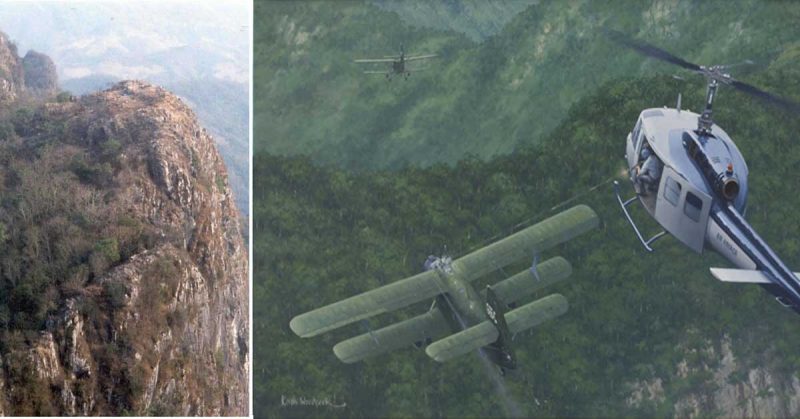There is a remote mountaintop in north-eastern Laos called Phou Phathi, and the locals said it was a place where phi, or spirits, lived. By the end of March 1968 it had claimed a few more souls, and the ghosts of the conflict would linger on in American history.
Strangely for such an important event, the Battle of Lima Site 85 was almost exclusively carried out by Central Intelligence Agency (CIA) forces and friendly soldiers from the Kingdom of Laos and the Thai Border Patrol Police.
The very fact that the battle was fought without reinforcement from American armed forces was down to the sensitive diplomatic nature of the outpost, and the fact that the whole installation was meant to remain as secretive as possible.
This area of south-east Asia was an important part of the strategy because it was one of the main gateways between North Vietnam and Laos. The communist forces used it to smuggle troops and supplies across the border into Laos, while the U.S.A. used it to conduct surveillance and support missions against North Vietnam.
And so it was against this backdrop that a Tactical Air Navigation (TACAN) station was built upon the perilous mountain of Phou Phathi, which was above Lima Site 85. However, this is where all the technicalities begin – and part of the reason why such an important strategical installation was so poorly defended.
According to the International Agreement of the Neutrality of Laos, signed in 1962, the country was neutral from the conflict. This meant that America was banned from conducting military operations in the country, and any activities undertaken by the United States Air Force (USAF) had to have approval by Ambassador William H. Sullivan, who was America’s diplomatic representative in the Kingdom.
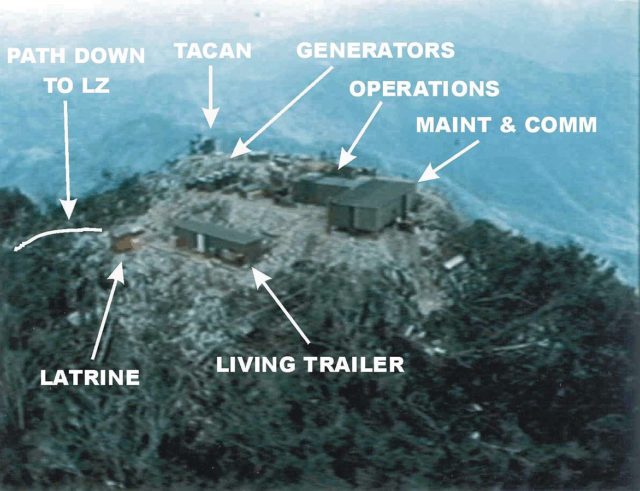
Laotian Prime Minister Prince Souvanna Phouma allowed the TACAN station to be built, but on the condition that it could not be manned by any US military personnel. This resulted in the USAF men in the station being ‘sheep-dipped’ (stripping a soldier of his military uniform and identification so he can pose as a civilian during a covert mission.) to make them appear like civilian contractors.
In August 1966 the system was built, and then updated just one year later to provide fighters and bombers with more precise bomb release information, and was operational by November 1967. But in order to work under the diplomatic restrictions, any USAF personnel had to sign papers that temporarily released them from their military service, and they had to work pretending to be technicians from the company Lockheed Martin.
This was all just cloaks and daggers to comply with unrealistic diplomatic aims of a country that was being used as a conduit for Northern Vietnamese forces. In reality, the USAF men acted as members of the 1st Mobile Communications Group, based in Thailand, who rotated to the site every seven days.
Tasked with its defence was the CIA-funded Thai Border Patrol Police and the Hmong Clandestine Army, which was commanded by Major General Vang Pao. Because there were doubts about the General’s ability to adequately defend the installation, all of the sensitive equipment had explosives attached to it, in case the site was overrun. By the end of 1967, Lima Site 85 had become absolutely vital to the U.S. operation within the country, and it directed over 50% of all bombing done against North Vietnam.
Because of the success of the installation, it was attracting the interest of the North Vietnamese forces, who began to show ominous signs that they were preparing to launch an attack. Paved roads were constructed to take them closer to the mountain, and the person responsible for site security, Major Richard Secord, requested that all USAF personnel be evacuated or armed to avoid loss of life.
These evacuations never took place, however, because senior Government officials wanted the outpost to stay operational for as long as possible – because of its importance to the Air Force
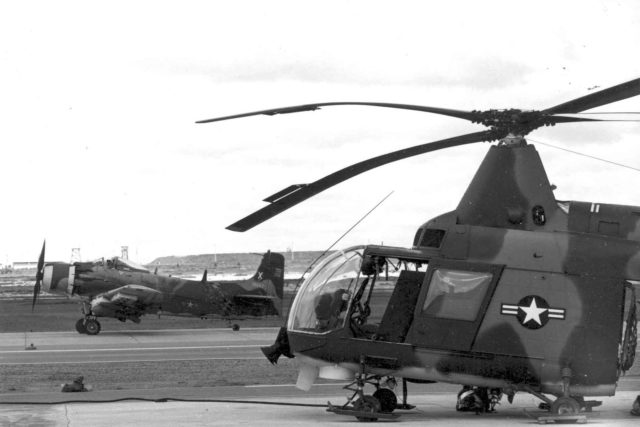
Despite the road building, despite the massing of forces, despite the Royal Lao Army being defeated at Nam Bac, despite the brief capture of Phou Den Din (a mere 12 kilometers away from Lima Site 85), requests for reinforcements were still denied because of the political sensitivities of a country at war.
Even up to a month before the full-scale attack was carried out, the official line was that close air support could be used to keep the attackers at bay until the moment an air evacuation could be carried out. This decision would prove fatal for the American men on the ground, and their Thai and Laotian allies.
In place to guard the ridgeline of Lima Site 85 were 200 Hmong fighters. Another 800 were stationed in the valley below – they were commanded by two CIA paramilitary officers, but were unsuitable for maintaining static defensive positions.
What made things even worse was that the US Embassy staff knew this, but they were prepared to sacrifice their lives as long as the technicians could be evacuated safely by the USAF and the CIA. However, the decision on when the evacuation would be carried out rested on Ambassador Sullivan alone, which is something that would prove costly in the end.
The first substantial engagement in the Battle of Lima Site 85 came on the 12th of January when the North Vietnamese forces sent four Russian biplanes to try and destroy the radar from the sky. An American helicopter, a Bell 212, was called in to help with the defences and the proceeded to shoot two Antonov-2 Colt planes with a submachine gun fired through a door.
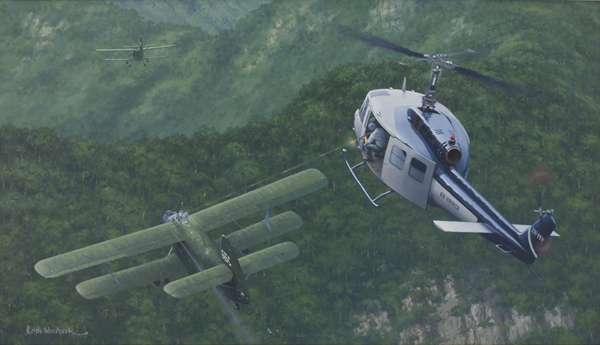
Despite this latest attack, no permission was granted to the commanders on the ground to supervise the defence and retreat of the facility under their own initiative. This was in spite of the fact that there was an abundance of intelligence telling American forces that a massed attack was imminent.
Even in late February officers knew the site was in danger but continued to believe it could be defended – despite a CIA report that said Lima Site 85 would not hold out past March 10th.
By the 9th of March, the enemy surrounded the mountains and carried out skirmishes along the lower reaches of the foothills. But the decision to evacuate still rested with Sullivan, who also depended on the radio link from the bunker near the helipad to make his decision; this would fail during the battle.
At 18:00, the Vietnamese forces began a shelling barrage on the hill, and three battalions of NVA forces began to assault the defensive positions, along with 20 Hmong defectors who wanted to use their knowledge of the area to attack from the rear.
On the morning of the 11th, a force of sappers infiltrated the American defenses and began attacking with grenades. When the U.S technicians heard the attack, they ran out into the open, where three were killed instantly.
The CIA commander, Marlow, was at the helipad and saw the explosion that destroyed some of the installation. He proceeded to fight his way back to friendly units at the summit armed with an automatic shotgun and grenades.
After pulling off a rescue mission for a man who had been left behind, Marlow fought his way back to the helipad – for which he was awarded the Intelligence Cross.
At 5 am, the Embassy ordered a full evacuation, but when the helicopters attempted to land they drew fire from the enemy forces – which caused Marlow to call in an airstrike on his own facility to try and clear the landing zone.
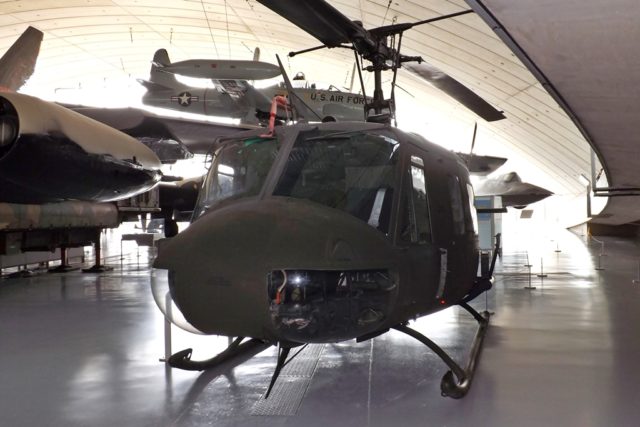
When the area was cleared, two CIA officers, the commander and five technicians were evacuated – but one was hit during the extraction and died in the air. Of the 11 Americans killed at Lima Site 85, eight were accounted for or recovered, as well as some wounded Hmong fighters.
By noon time thoughts had turned to destroying the radar so that the enemy could not use it, and between the 12th and the 18th 95 sorties were flown to obliterate any intelligence the North Vietnamese could gather – but it also had the grim repercussion of completely destroying any American remains that were left on the ridge.
The fall of Lima Site 85 did not come about because of a lack of intelligence, but a lack of intelligent leadership. At no point during its existence or battle were the forces on the ground responsible for their own defences, nor could the Americans use their own men to defend their facility – and it was a loss that marked the beginning of the end for non-communist forces in the country.
